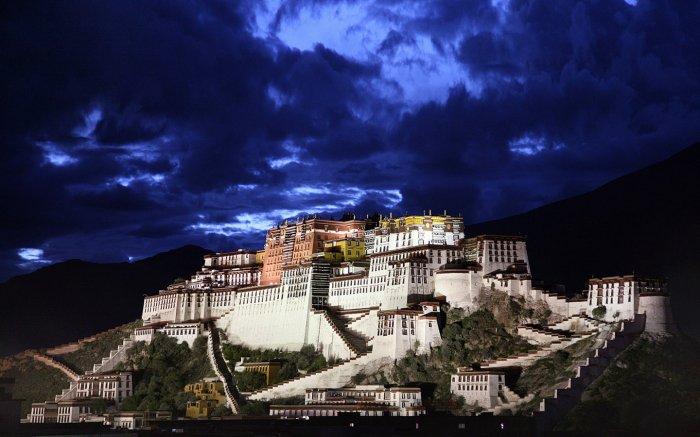

Najaf Expansion joint regional product service provider Zhongyuan valve fittings Najaf Expansion joint overseas product service station
Quality first, fully serve every Najaf metallurgy customer
Contact
Hello, friends.Your satisfactions are all that we pursuit! Contact us if you are interested in our products. We are honored to provide you with any service!
Gongyi City, Henan Province, China
Phone: +8618539447368
Email: 18539447368@163.com
Whatsapp: {whatsapp}
ZhongYuan takes you to see China! Experiencing the magnificent 5000 year history and culture of China is a journey that offers a unique perspective.

There are many historical and cultural heritages in China. I believe these cultural stories with a long history are attractive enough to make friends interested in Chinese pipeline expansion joint, pipeline power transmission joint, rubber joint products.
One of the world's famous attractions:
The Potala Palace is a highly revered cultural and religious site located in Lhasa, the capital city of Tibet Autonomous Region, in China. It is situated on the Red Hill of Lhasa valley, and its construction began during the Tang Dynasty in the 7th century. The palace is a symbol of Tibetan Buddhism and has been listed as a UNESCO World Heritage site since 1994.